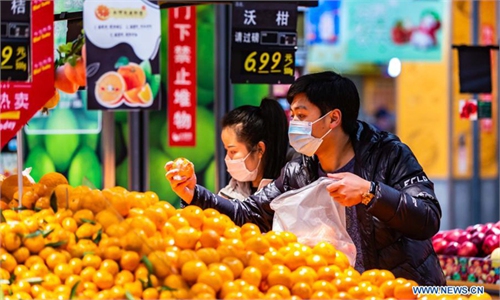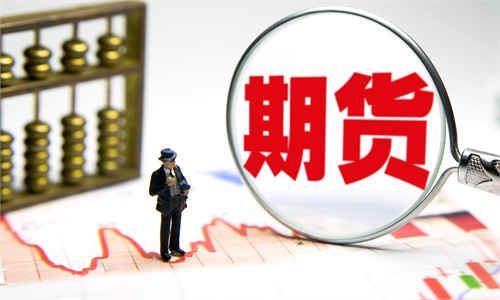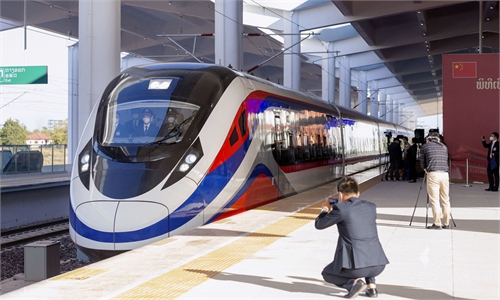
Illustration: Chen Xia/Global Times
China's tone-setting Central Economic Work Conference came to a close on Friday in Beijing, in which top officials sent a clear signal that stabilizing growth in the coming year was a top priority.The annual year-end economic planning meeting is typically viewed as a window for the world to watch for signs on China's economic policy direction for the next year. This year is no exception.
The word "stability," which was mentioned 25 times in a less than 5,000-word official statement issued following the conference, made it the most prominent keyword at this year's economic planning meeting.
The meeting's emphasis on prioritizing stability actually underscores the fact that the Chinese economy is indeed facing some challenges. It is also the first time that the year-end meeting specifically pointed out the triple pressure faced by the Chinese economy, namely shrinking demand, supply shocks, and weakening expectations. And if we do not attach enough importance to these problems and take timely and effective measures to tackle them, then the economic growth trajectory could be derailed by those troubles and a slowdown in economic growth, to a certain extent, is likely to trigger systemic risks.
While it has already become the consensus that the Chinese economy is facing growing downward pressure and the meeting also stressed a proactive fiscal policy will be implemented next year, it needs to be noted that the central government remains confident in addressing the short-term difficulties.
There has been so much hype about the worsening property market that Western media claims will drag down the Chinese economy. Yet, the phrase "houses are for living in, not for speculation" showed up again in the official statement this year. The meeting also stressed strengthening capital control to promote the implementation of fair competition policies and enhance anti-monopoly measures.
All these actually show China's determination to address long-term challenges. While loosening some of these controls on problems like real estate speculation may relieve some pressure on the economy in the short term, but it will be more difficult to deal with these problems in the future, which may pose threats to future economic growth. Therefore, the determination to commit to its original policy tone has not only indicated the central government's resolve but also its confidence in managing the current situation.
Economic stability will also be of great significance to China's most important political agenda in 2022, the 20th National Congress of the Communist Party of China that will be held in the second half of next year. Only by keeping the economic growth within a reasonable range can the employment be ensured to create a stable social environment for this significant political event.
It is because of this political agenda that the Chinese economy tends to show good momentum of growth, a side of the economy that should not be overlooked.
Nevertheless, it should be pointed out that prioritizing stability doesn't mean giving up growth for the purpose of smothering risk. Some Western media outlets generally expect the Chinese economy to be slowing, but China's focus on ensuring macroeconomic stability is to gain a better foothold for progress not regression.
For instance, it goes without saying that China will continue to make strides in certain areas, such as strengthening technological innovation capabilities to break the US containment strategy. The fundamental force supporting long-term economic growth is technological progress and industrial upgrading. Therefore, China is bound to accelerate its breakthroughs in high-tech fields like artificial intelligence.
China launched the Made in China 2025 initiative in 2015. The 2021 World Intelligent Manufacturing Conference held last week in East China's Jiangsu Province revealed that China's manufacturing transformation and upgrading hasn't been slowed by the pandemic and is actually proceeding as planned to form a new mode of production through digitalization and intelligentization. We expect new breakthrough in Chinese manufacturing in 2022 that will reinforce China's position as the world's factory.



